Whales, the majestic giants of the ocean, have a unique life cycle that includes their inevitable death.
When these magnificent creatures pass away, their fate is not the end of their story.
This article delves into the fascinating journey of a whale’s remains post-death, exploring the processes of decomposition, scavenging, and the significant role they play in supporting deep-sea ecosystems.
1. Decomposition Process
View this post on Instagram
View this post on Instagram
A post shared by Project Third Rock (@projectthirdrock)
Once a whale dies, the decomposition process begins, fueled by bacteria and other microorganisms.
The warm ocean waters accelerate the decomposition, causing the carcass to bloat and eventually sink, often descending to the ocean floor.
This process can take several months to years, depending on the size of the whale.
2. Scavenging and Feeding Frenzy
As the whale carcass descends to the depths, it becomes a feeding ground for a myriad of organisms. From large scavengers like sharks and hagfish to tiny organisms such as bone-eating worms, the whale’s remains provide sustenance for a diverse array of marine life for up to two years. This phenomenon creates what scientists often refer to as a “whale fall,” where an entire ecosystem thrives around the decaying carcass.
3. Nutrient Release
Source: Natural World Facts/Youtube
Decomposition releases nutrients into the surrounding water, providing sustenance for a diverse array of marine life and microorganisms, who can feed on the remains for up to a decade (or longer!). The abundance of food and nutrients supports organisms that would otherwise struggle to find sufficient nourishment in the deep sea.
4. Ecosystem Support
The whale fall plays a crucial role in sustaining deep-sea ecosystems. It acts as a concentrated food source, attracting organisms that rely on these rare opportunities for sustenance. This promotes biodiversity and supports the overall health of the deep-sea ecosystem.
5. Life Cycle Continuity
The death of a whale becomes an essential part of the natural life cycle. Through decomposition and subsequent feeding frenzies, the nutrients and energy stored in the whale’s body are recycled back into the ecosystem, ensuring the continuation of life and facilitating the growth of future generations of marine organisms.
By understanding and appreciating the impact of a whale’s death, we gain insight into the intricate ecological processes that shape our oceans and the interconnectedness of marine life.
When a whale dies, its story does not come to an end. Instead, it embarks on a remarkable journey, becoming a vital source of sustenance for a range of marine organisms. The decomposition process, scavenging, and subsequent whale fall create a thriving deep-sea ecosystem that relies on the nutrients and abundance provided by these immense creatures. Understanding the fate of whales after death sheds light on the intricate connections and interdependencies that exist within our oceans.
Sign this petition to save the whales!
What you can do
Support ‘Fighting for Wildlife’ by donating as little as $1 – It only takes a minute. Thank you.
Fighting for Wildlife supports approved wildlife conservation organizations, which spend at least 80 percent of the money they raise on actual fieldwork, rather than administration and fundraising. When making a donation you can designate for which type of initiative it should be used – wildlife, oceans, forests or climate.
This article by Trinity Sparke was first published by One Green Planet on 31 October 2023. Image Credit :Craig Lambert Photography/Shutterstock.
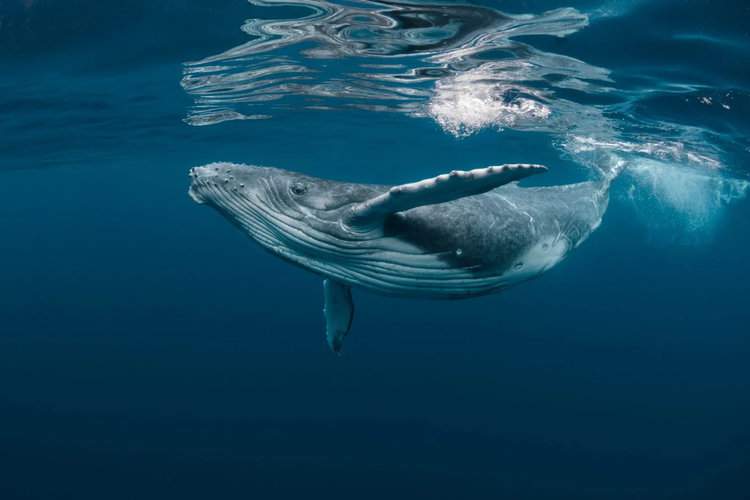

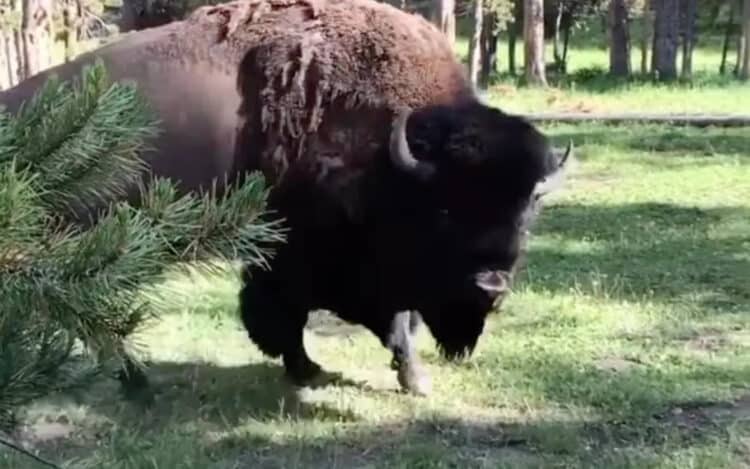
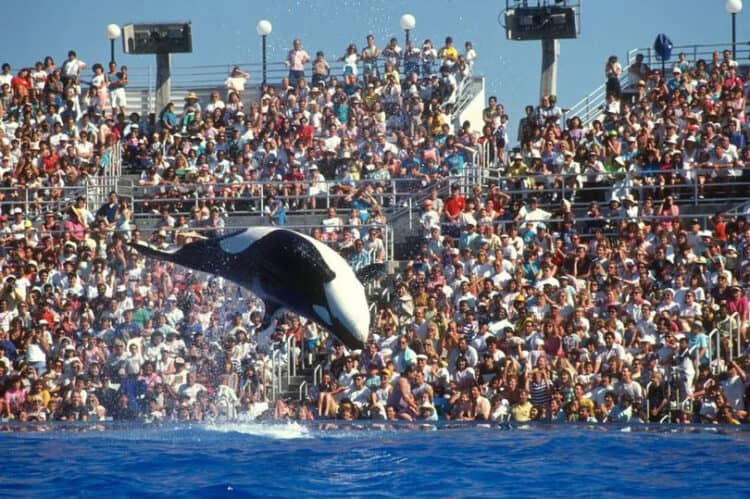
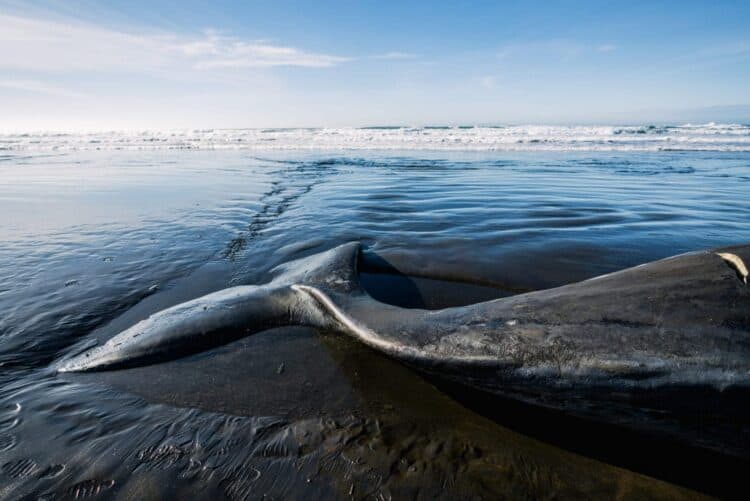


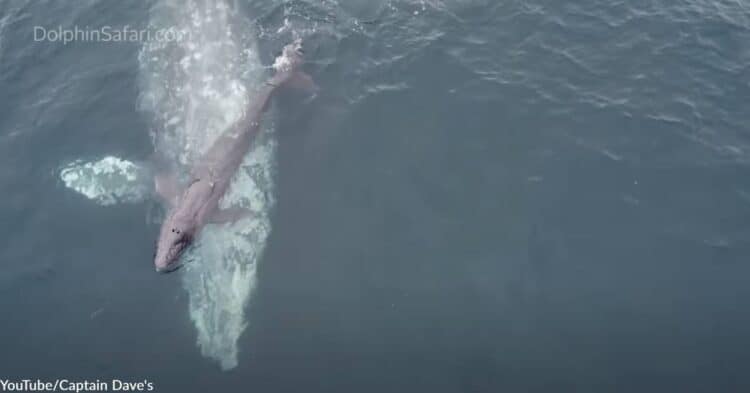
Leave a Reply